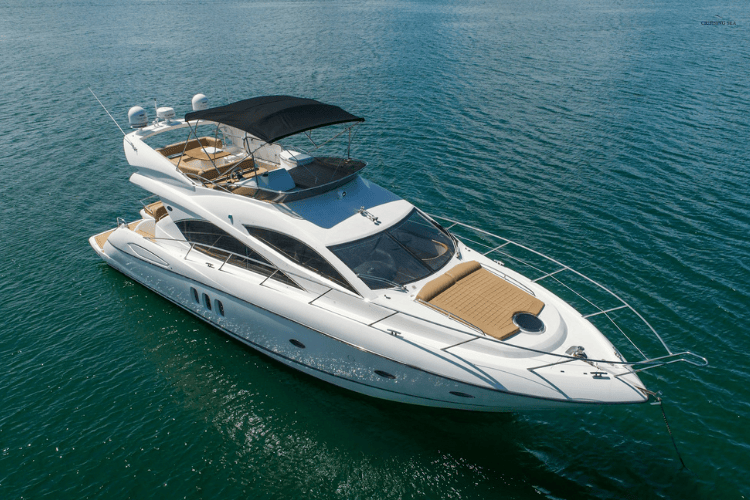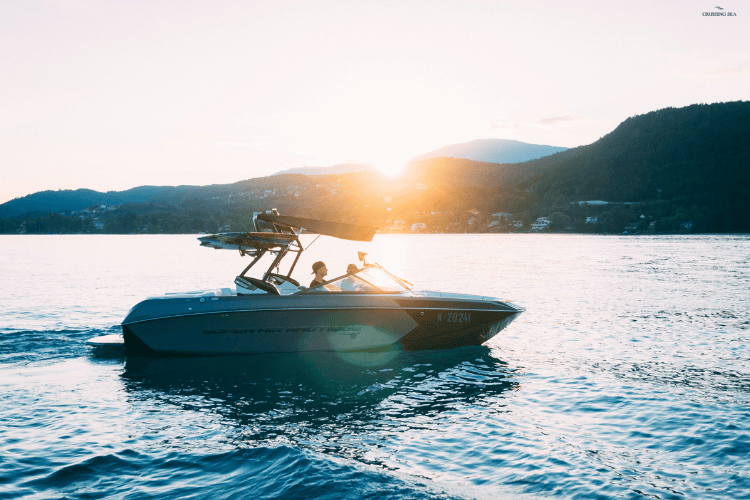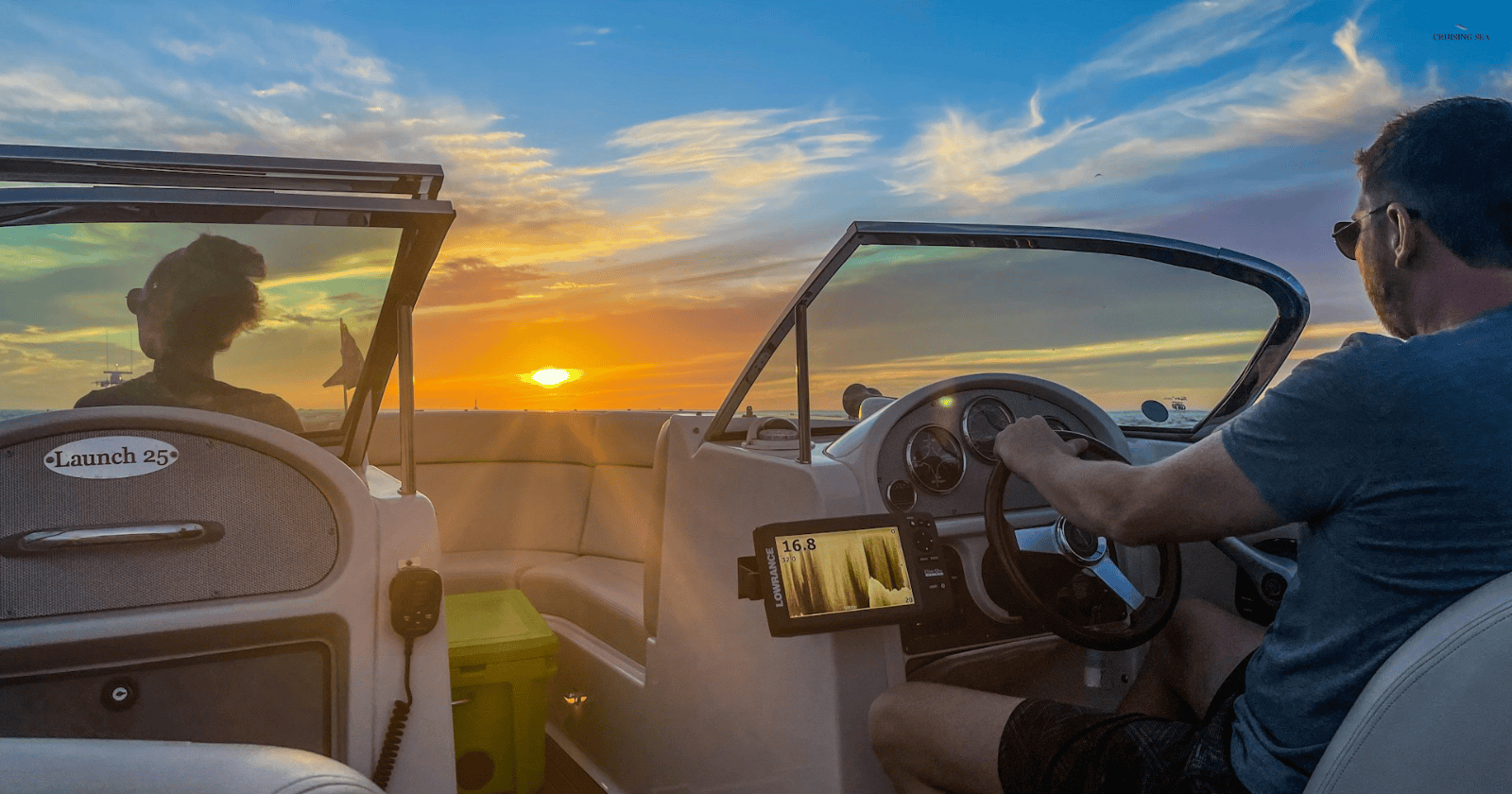Thinking about hitting the water but wondering, “How long does it take to get a boating license?” You’re not alone! The good news is, the process is usually faster and easier than most people expect.
Whether you want to breeze through an online course in an afternoon or prefer an in-person class, getting your boating license can fit right into your schedule.
Let’s break down just how quick and simple it can be to get you ready for your next adventure on the water!
Type of Boating License.
Boating License:
A boating license, sometimes called a boater education card or certificate, is typically required for people who want to operate recreational boats, like small motorboats or personal watercraft.
To get one, you usually need to complete a boating safety course that covers the basic rules, regulations, and safety procedures for being on the water. The main goal is to make sure you understand how to boat safely and responsibly.
This license is mostly for everyday boaters who just want to enjoy some time on lakes, rivers, or coastal waters with friends and family.
Skipper License:
A skipper license is a step up from a regular boating license and is generally meant for those who want to operate larger vessels or work professionally on the water.
If you’re thinking about captaining a yacht, working as a charter boat captain, or running commercial trips, you’ll need a skipper license. Getting one usually involves more in-depth training, practical experience, and sometimes even medical exams.
The requirements can be stricter because you’re expected to handle bigger boats and be responsible for passengers’ safety, so the training goes beyond just the basics.

How Long Does It Take to Get a Boating License?
It might be surprising, but getting a boating license can be very quick, depending on your state’s rules. In some areas, the course can last about 8 hours, and in other areas, only 3 hours. Some courses even take more, from a few days to several weeks.
If you take an online boating safety course, you might even finish in one afternoon. The good thing about online courses is that they are self-paced, so you can learn as fast or as slow as you want.
After completing the class, there’s usually a boating license test. You can often do this right after the course, either online or in person, depending on your state.
Some states offer classroom courses that take several hours or one full day. After you pass the exam, it may take a few days to receive your official boating license card in the mail. In some places, you get a temporary card right away and the official one later.
Here’s a quick comparison:
| Course Type | Completion Time | License Delivery |
|---|---|---|
| Online, self-paced | 1 day to 1 week | Instant or few days |
| Classroom course | 1 day to several days | Instant or few days |
Want More Tips?
Subscribe to Cruising Sea newsletter to receive expert tips right straight to your inbox!
How Long Does It Take to Get a Skipper License?
Getting a skipper license takes more time and effort than a regular boating license, since it’s meant for people who want to captain bigger boats or work professionally on the water.
The whole process can vary depending on where you live and what type of skipper license you’re going for, but generally, you’re looking at anywhere from a few days to several weeks and sometimes even months if you need to log a certain number of boating hours, which can take a while if you’re starting from scratch. There might also be a medical exam and a practical test involved.
You’ll need to take in-depth courses that cover things like navigation, safety, and boat handling, plus you’ll have to get some real hands-on experience out on the water, a minimum of 360 hours.
So, while it’s not something you can usually knock out in a single weekend, with a bit of planning and dedication, you can earn your skipper license in a matter of weeks or a couple of months.
| Course Type | Completion Time | Requirements/Notes | License Delivery |
|---|---|---|---|
| Skipper License Course | Few days to several weeks | In-depth courses on navigation, safety, boat handling | After passing exams, a few days to weeks |
| Practical Experience | Several weeks to months | Minimum of 360 hours on-water experience (may vary by location) | After all requirements met |
| Medical/Practical Exams | Varies | May include medical and practical tests | After passing all tests |
Pros and Cons of Taking a Classroom-Based Boating Safety Course
Pros
- Interactive learning: Immediate feedback and hands-on demonstrations from instructors.
- Structured environment: Regular schedule helps keep students on track.
- Peer interaction: Opportunity to learn from others and participate in group discussions.
Cons
- Limited flexibility: Fixed class times may not fit everyone’s schedule.
- Travel required: Need to attend in person, which can be inconvenient.
- Potentially higher cost: May be more expensive than online alternatives.
Pros and Cons of Online Boating Courses
Pros
- Flexible schedule: Learn at your own pace and on your own time.
- Convenient access: Complete the course from anywhere with an internet connection.
- Often more affordable: Usually less expensive than classroom-based courses.
Cons
- Less hands-on experience: No in-person demonstrations or practice.
- Limited direct interaction: Less opportunity to ask questions or discuss with instructors and peers.
- Self-motivation required: Requires discipline to complete the course without structured class times.
How Do You Enroll in a Boating Safety Course?
First, you need to register for a boating safety course. Most states require you to choose a course approved by a local agency or boating association. As already mentioned, you can find programs online or in person. Both options are common.
To enroll, you’ll need to provide basic information like your name, address, and date of birth. You will also need to pay some registration fees when you sign up, and an extra fee, between $30 and $50, after finishing the course.
The enrollment process usually takes just a few minutes online. Once finished, you will get instructions on how to begin your training.
At What Age Can You Do a Boating Safety Course?

The minimum age to take a boating safety course depends on the state or country where you live. In many U.S. states, there is no minimum age to take the course itself—even kids and teens can sign up and learn about boating safety.
However, there may be a minimum age to operate certain types of boats or to get a boating license or certification after completing the course.
For example, some states allow children as young as 12 or 13 to operate a boat with adult supervision after passing the course, while others require boaters to be at least 14, 15, or 16 years old.
So, it’s always a good idea to check your specific state’s boating laws to find out the exact age requirements for both taking the course and operating a boat. Many online boating safety courses will list the minimum age on their website based on your location.
What Does the Boating Safety Course Involve?
After enrollment, you move on to the actual boater safety course. These courses cover important topics such as:
- Boating laws and regulations
- Safety procedures and life jacket use
- Emergency signals
- How to operate boats and other watercraft
You will work through lessons, videos, and quizzes at each stage. All the information you study will be tested later.
Some states require hands-on training or practice drives, depending on the type of boat. So it’s always best to check your local rules; this way, you’ll know whether or not in-person training is a must.
However, once you finish all the learning modules, you are ready for the boating license test.
What Happens After Completing the Boating Safety Course?
Now it’s time to take the boating license test. Most states require you to pass a final exam to show you understand boating safety and rules.
The exam may be online or taken in person. It usually has multiple-choice questions based on the course material. You’ll need to score at least a minimum passing grade, often 80% or higher.
After you pass, you receive a boater education card, education certificate, or official boating license. Some programs print your card right away; others mail it to you in a few weeks. Keep this card with you each time you operate a boat, as law enforcement may ask to see it.
Are There Boat Size Limits After Certification?
Honestly, the size of the boat you can operate after finishing a boating safety course mostly depends on your state’s rules—and sometimes your age.
For most adults, once you’ve got that safety course certificate in hand, you’re good to go with pretty much any recreational motorboat, Jet Ski, or even a sailboat, no matter how long it is (as long as it’s not for commercial use).
The main thing to watch out for is if you’re younger—some states set limits for teens, like only allowing you to drive boats under a certain length or with less powerful engines, even if you’ve passed the course.
But if you’re an adult and just want to enjoy a day on the water, your boating safety card is usually all you need.
Planning to captain a really big yacht or run commercial trips? That’s when you’ll need to look into extra training or a skipper’s license. Otherwise, you’re set for most fun out on the water!
Is My Boating License Valid in Other States?
Most states in the U.S. recognize boating licenses or education cards from other states. This is called reciprocity. It means if you have a boater education card issued by your home state and it’s approved by the National Association of State Boating Law Administrators (NASBLA), you can usually use it in other states.
For example, if you got your card in Florida and travel to Georgia for boating, you typically do not have to redo the course. Some states may have extra rules for visitors or special requirements for certain bodies of water.
It’s always best to check local regulations before you travel. A few states or provinces in Canada may have different rules, so your U.S. card might not always count. If the area requires a NASBLA-approved course and your card has their seal, you are likely covered in most places.
Do Boaters Need to Stay Updated on Safety Rules?
Getting your boating license is just the start. Laws, safety rules, and equipment recommendations can change, and taking part in continuing education keeps you informed.
You can join extra classes through groups like the U.S. Coast Guard Auxiliary or local boating safety organizations. Many states offer updated courses online, which lets you stay current without much hassle.
Some states even encourage boaters to retake classes every few years. Updates often cover new navigation rules, safety technology, or accident prevention tips. A short online quiz or refresher video may help you stay sharp.
Benefits of continuing education include:
- Improved safety for you and others
- Knowledge of new laws or equipment
- Confidence on the water
Staying informed is the best way to enjoy boating and avoid problems.
Final Words!
As you can see, getting your boating license doesn’t have to be a long, complicated process—it’s actually pretty straightforward and can fit right into your busy schedule. Whether you’re dreaming of lazy weekends on the lake or planning to take the helm of something a bit bigger, there’s a course and a path that’s just right for you. Remember, your license is more than just a card—it’s your ticket to safe, confident adventures on the water.

Daniella has been passionate about travel, the sea, and nature for many years. As a child, she frequently traveled throughout the Mediterranean and continued with her journeys throughout her adult life.
Her experiences have created the desire within her to share her love for traveling with other passionate and adventurers who want to discover beautiful horizons and new cultures.

